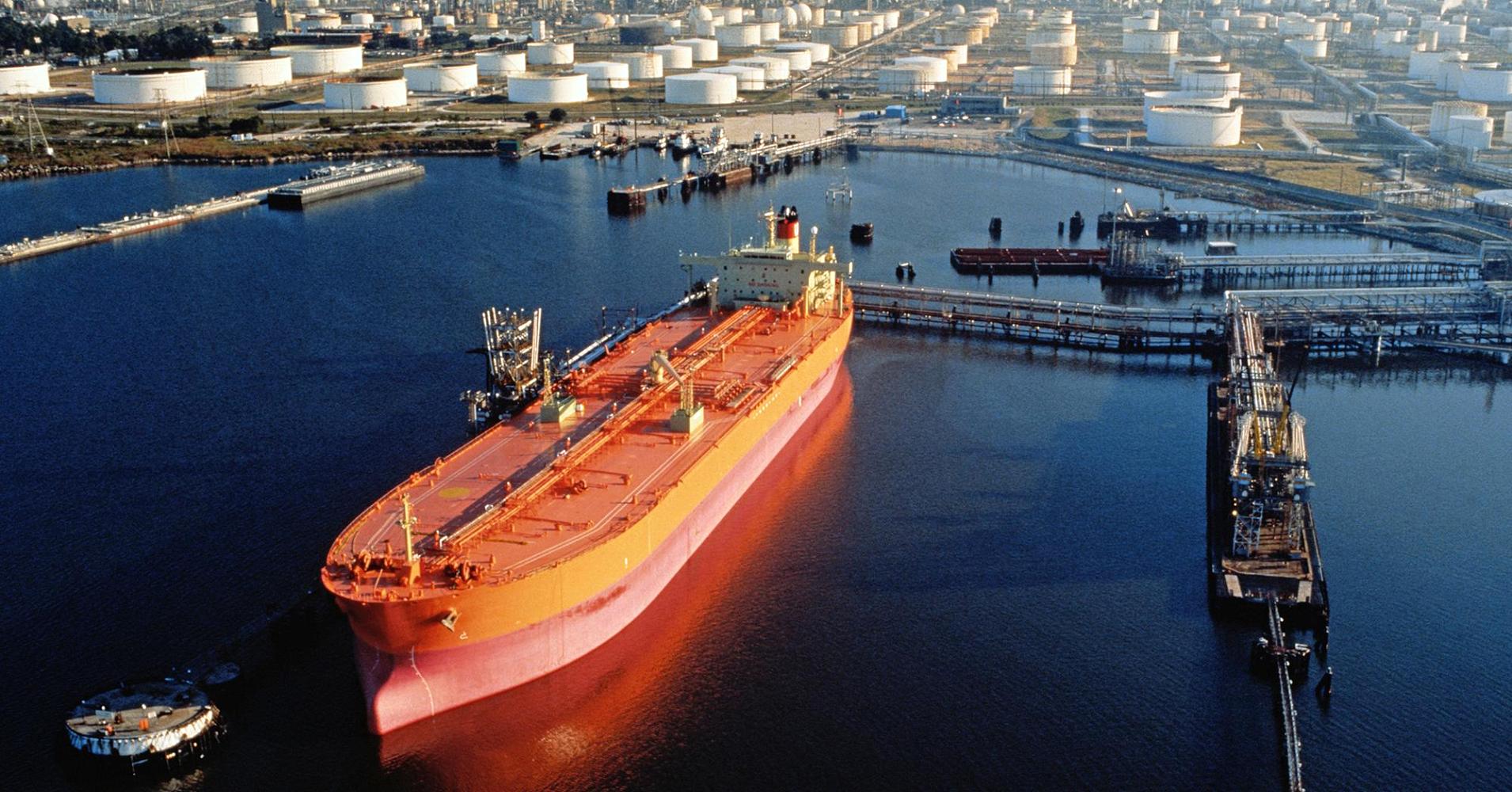Export of petroleum products rose to record levels in the first 10 months of the current fiscal year that ends in March, said the managing director of the National Iranian Oil Refining and Distribution Company (NIORDC).
"Export of oil byproducts reached an all time high of 450,000 barrels per day in the 10-month period. We plan to increase and maintain the level of oil byproducts exports at 600,000 bpd in the near future," Abbas Kazemi, who also is a deputy oil minister, was quoted as saying by IRNA on Friday.
According to Kazemi, oil derivatives such as naphtha, diesel, bitumen and sulfur, were exported in large volumes to Southeast Asian states from Mahshahr, Asalouyeh, Lavan and Bandar Abbas ports in southern Iran.
On boosting outbound shipments, he noted that Iran is using the full capacity of its ports and export terminals.
"Four jetties are currently operational in Mahshahr oil terminal and two more will start operations in the near future" for the export of petroleum products.
Iran has become an exporter of oil byproducts after years of import, Kazemi noted, adding that export of liquefied petroleum gas (LPG) has risen to between 1,000 and 1,500 tons a day.
According to Kazemi, Iran exported over 45 million liters of mazut per day on average in the ten months. "We are ready to export kerosene if there is demand."
Referring to China and India as the biggest customers of Iranian petroleum products, he said that due to low demand in Europe, Iran is concentrating on expanding exports to Asian clients.
Pointing to refinery development plans, the official noted that much-needed equipment to optimize major refining complexes namely the Persian Gulf Star and Bandar Abbas, has been imported from Germany.
Asked about Abadan Oil Refinery in the southern Khuzestan Province, he said, "The refinery will be refurbished at an estimated cost of €2.7 billion ($2.87 billion) with Chinese funding.
The project is aimed at improving the refinery's processing capacity and efficiency. More than 40% of the refinery's output is mazut which is barely worth one-third of crude oil.
According to Kazemi, liquefied gases accounted for 48% of the country's refineries feedstock in 2013. Nonetheless, it has dwindled to 10% in 2017 as more South Pars phases are gradually becoming operational.
The NIORDC chief also said gas extraction from the giant South Pars field in the Persian Gulf has reached 550 million cubic meters per day.
South Pars is the world’s largest gas field, shared between Iran and Qatar, covering an area of 3,700 square kilometers of Iran’s territorial waters in the Persian Gulf. It adjoins Qatar’s North Field, which measures 6,000 square kilometers.


